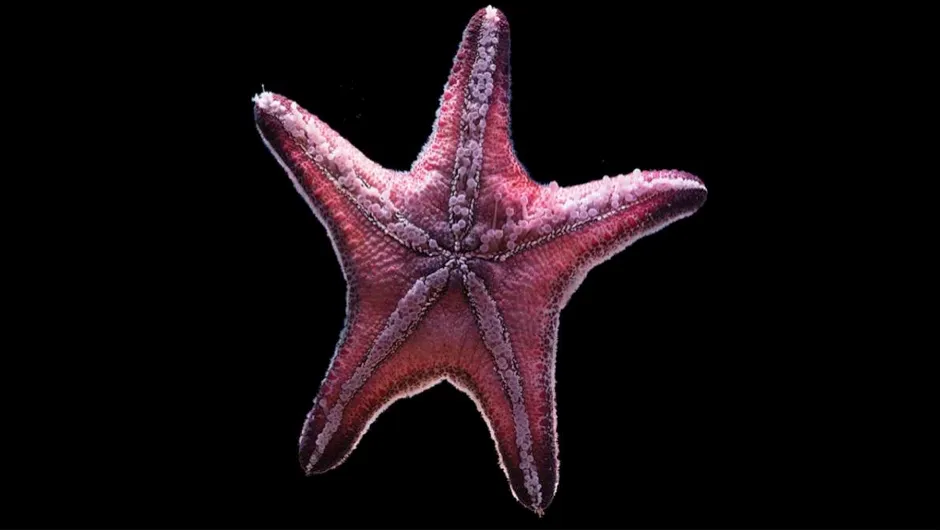What are sand dollars?

When alive, they look like huge coins with their flat, disk-shaped body. But mostly you would come across them when they have deceased. You might notice these patterned white shells in the sand. These star-stamped skeletons (tests) are much sought-after by beachcombers. (But let us warn you, it is never advised to pick up these creatures, dead or alive). Meet sand dollars, the bottom-dwelling creatures in the ocean.
Also called sea biscuits or sand cakes, the sand dollars belong to the order Clypeastroida. They are close relatives of sea urchins and heart urchins and are adapted to burrow themselves in sandy substrates. They dwell in the tropical and temperate waters throughout the Northern Hemisphere. Measuring from 5 to 10 cm in diameter, the sand dollars are invertebrates belonging to the class of marine animals known as echinoids. They have a radiating arrangement of parts.
The holes in their skeleton are what you notice first. But these aren't there just for design sake. Arranged in a unique petal fashion these sets of gas-and water-processing pores are called lunules and act as pressure drainage channels.
The upper surface of their body showcases what is called pentaradiate (five-fold) symmetry From its centre, a pattern of five "petals" spread out. The mouth of this unique creature is located at the centre of its body's underside.
While alive, the sand dollars have bristles known as spines which even cover their star design and they appear in hues ranging from reddish-brown to purple. When they die, these skeletons turn white, bleached by the sun, which is how you may often find them on the beach.
They breathe through the "petaloids", a set of tiny holes in the skeleton. They live in the sand, using their spines to burrow into the sand. If the water is still, they can be seen standing upright, with one of their ends buried in the sand and they lie down or burrow themselves under the sand if the waters get rough.
Adult sand dollars live on the sea floor while the larva (also called pluteus) floats among the ocean's planktons. The juveniles are seen in the subtidal zones while the adult sand dollars live in the intertidal zone.
Some of the threats these creatures face include bottom trawling, ocean acidification, climate change and so on. It is illegal to remove the sand dollars in most regions. Why we suggest that you should never pick them up is that you may not know if they are dead or alive. They can survive out of water for only a few minutes.
TRIVIA
Sand dollars use their spines to eat. They feed on small food particles in the sand and are said to take two whole days to digest food.
The creature gets its name from the resemblance it has to dollar coins. Other names include "sand cake," "sea biscuit," "cake urchin," "pansy shell", "sea cookie" and so on.
A sand dollars age can be ascertained by the number of rings it sports on the plates of the creature's test. As they grow, the number of rings increases.
The larva of the sand dollar splits itself into two identical clones to hide from predators.
* The mouth of a sand dollar is called Aristotle's lantern.
Picture Credit : Google